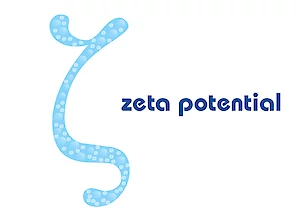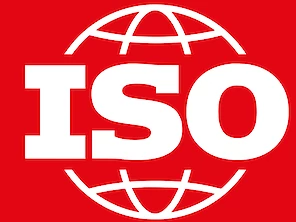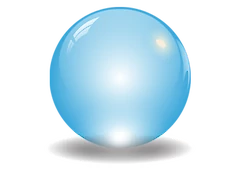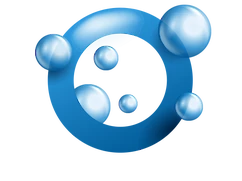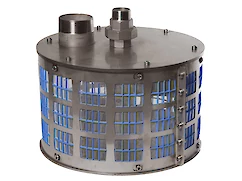The world agrees: ISO International Standardization fine bubbles
Great things happen when the world agrees
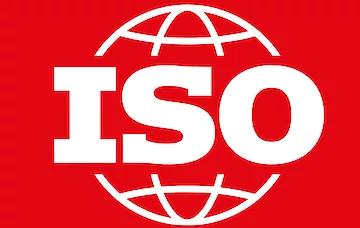
Great things happen when the world agrees, that's the mission of ISO, the International Organization for Standardization. The goal of international standardization is to ease the exchange of goods and services by eliminating technical barriers. What would happen to the world if we didn't have an international standard for weight, how to buy a kilo of sugar? ISO is the legal association based in Switzerland, Geneva. The members of ISO are the "National Standards Bodies of 164 countries in the world on a national level these organizations organize standardization". Some well know national standards organizations are ANSI in the United States, DIN in Germany, BSI in the United Kingdom and AFNOR in France.
An International Standard embodies the essential principles of global openness and transparency, consensus and technical coherence. Safeguarded through its development in an ISO Technical Committee (ISO/TC), supported by a public comment phase (the ISO Technical Inquiry). ISO and its Technical Committees are also able to offer the ISO technical Specification (ISO/TS), the ISO Public Available Specification (ISO/PAS) and the ISO Technical Report (ISO/TR) as solutions to market needs. The ISO products represent a lower level of consensus and have not the same status as an International Standard.
Japanese initiative
Fine Bubbles are an innovative technology that's invented in Japan, but without proper standards' creation for industry development, there are obstacles and concerns about the industry development and the progress of further technological developments. Japan took the initiative, approached ISO and set up the ISO Technical Committee 281 for fine bubbles standardization. The first meeting of ISO fine bubbles was held in Kyoto in December 2013. The meeting agreed that, compared with general bubbles, there was a wish to define fine bubbles as the ones whose diameter is 100-micron meters or less, and ultrafine bubbles as the ones whose diameter is 1 micron meter or less as noted in the meetings' resolution. This is the first step to have the common international concept of fine bubbles (see: Classification of bubbles in diameter ISO 20480-1). The reason for setting the diameter as one of the parameters of fine bubbles is that fine or ultrafine bubbles are different in characteristics from the general larger bubbles because they measure the diameter in millimeters. A distinguishing property is that ultrafine bubbles show a significant longer lifetime.
Classifying bubbles
When classifying bubbles by size, the next question is how to measure them, what size are they and how many are there in the liquid. It's impossible to measure ultrafine bubbles using an optical microscope, it's also impossible to measure them using an electron microscope because they exist in liquid. However, recent new measurement technologies make it possible to track them. The development of measurement technologies is done by private companies and universities in the United Kingdom, Germany, the United States and Japan. Many of them using different measurement methods, each having different principles (see fine bubble measurement technologies).
Measurement technologies


With the new measurement technologies being capable of measuring fine bubbles, companies that make fine bubble generation equipment can optimize, their bubble generators and to develop industrial applications. When the fine bubble industry wants to develop itself, clear definitions and general principles are needed. Without setting international standards, such as bubble size, bubble density, types of gases, and liquid, lifetime of a bubble in liquid, it's very difficult for the fine bubble industry to develop a "common language".
Three-tier standardization structure
In order to make the international standard a three-tier structure of standardization is proposed. The top layer has common elements including general principles, and terms and definitions. The middle layer sets out the methodologies for the particle's measurement and various other properties of fine bubbles. In the bottom layer, there are specific industrial applications. With the new fine bubble ISO standards concept, creating a healthy market so people in the world can use a common, standardized fine bubble systems (see: Three-layer International Standardization fine bubbles ISO 20480-1).
For every layer ISO/TC 281 established a separate workgroup.
In 2013 the fine bubble ISO/TC 281 committee started with participation of 5 participating members and 10 observing members, in Spring 2017 there are 8 participating members and 11 observing members. In January 2022, there are 10 participating members and 11 observing members. As per June 2023 there are 8 participating members and 12 observing members.
Map displays members as per June 2023





